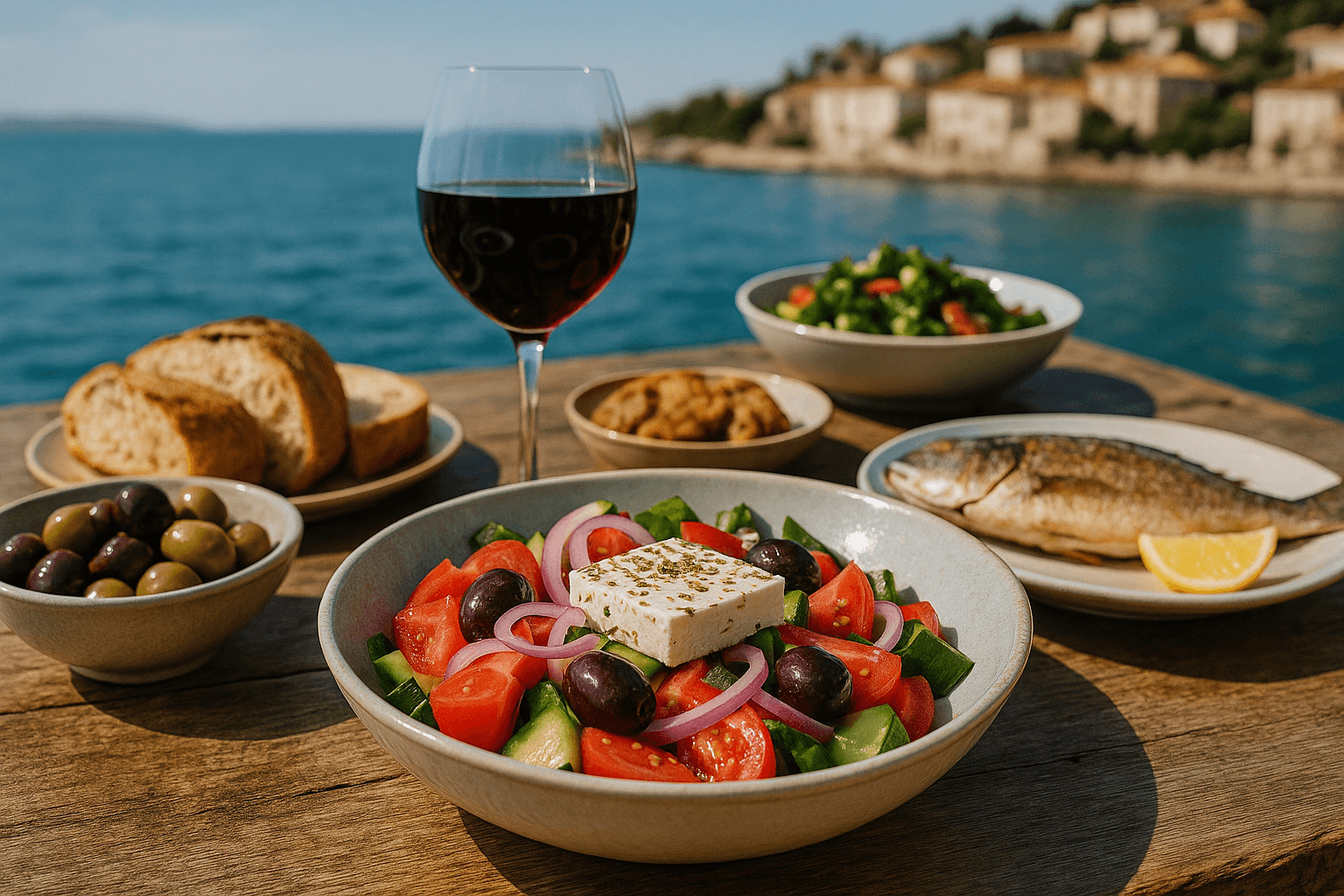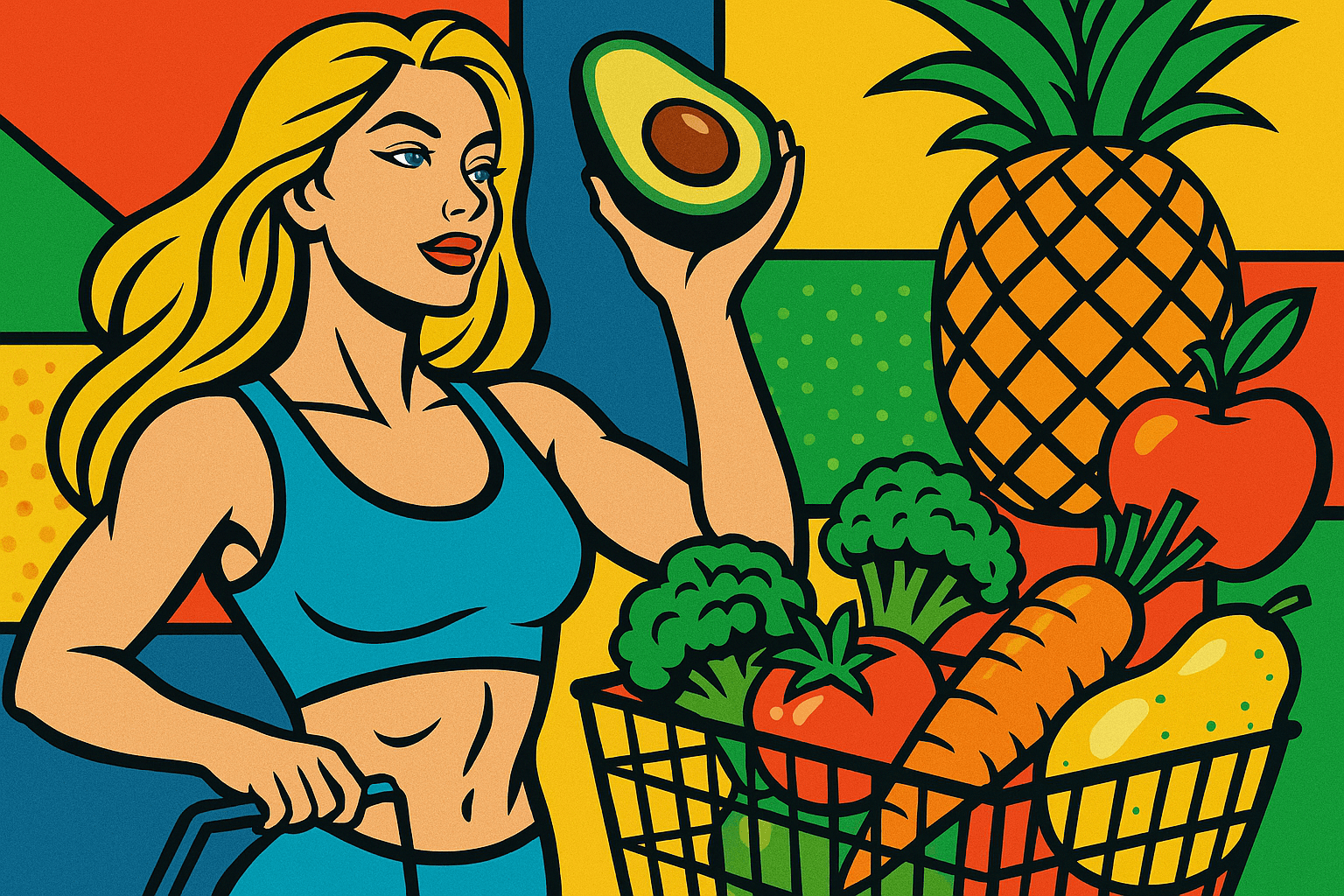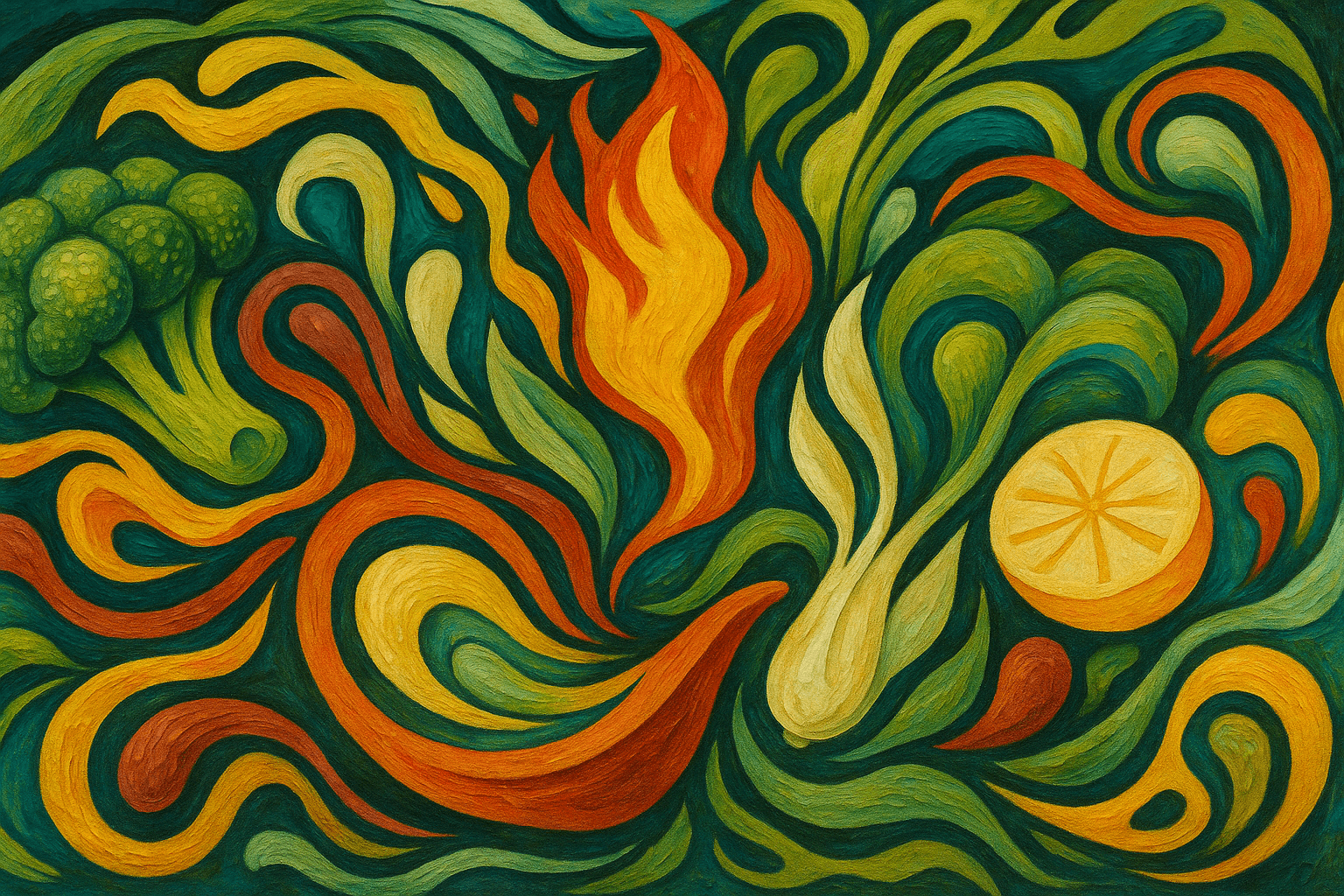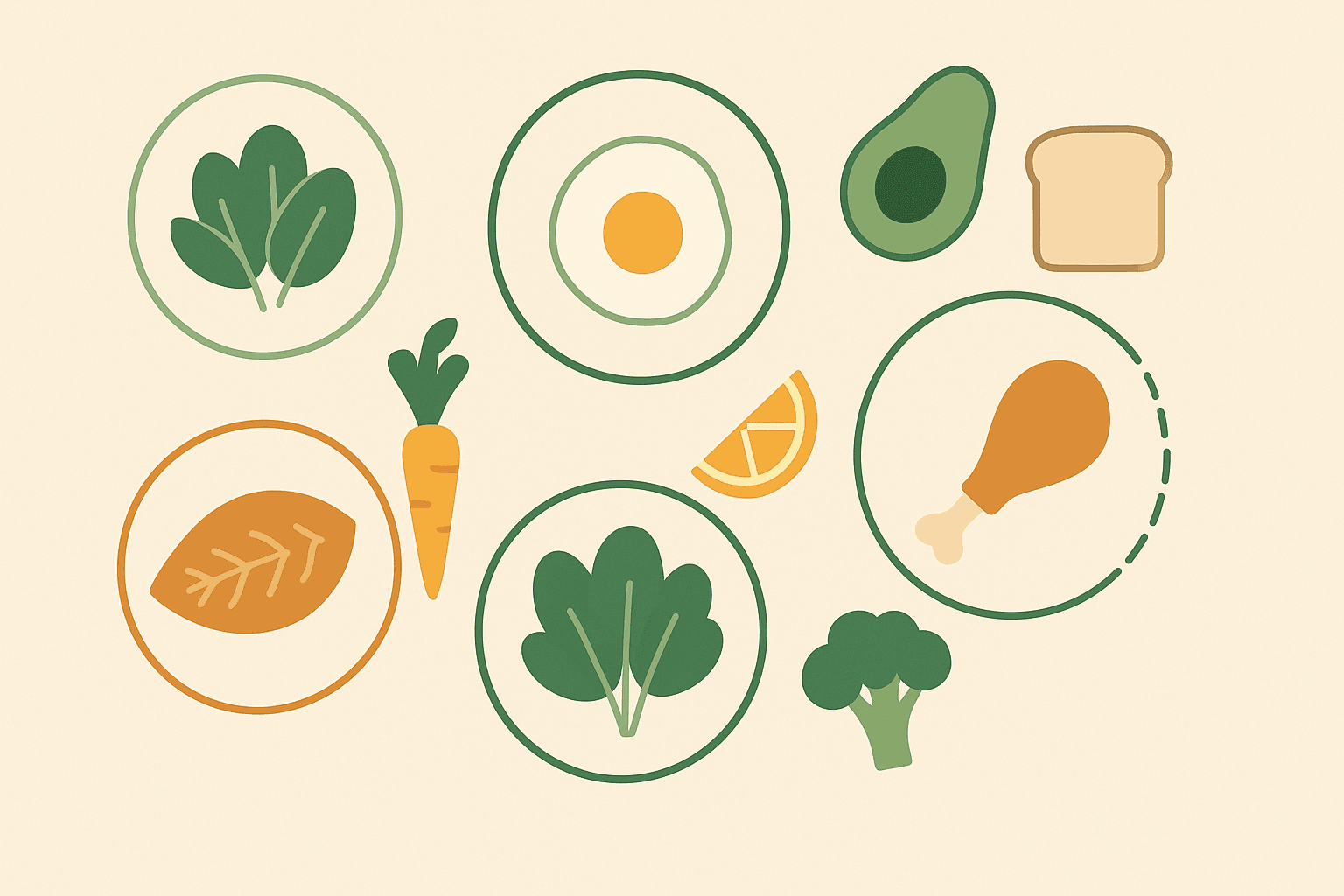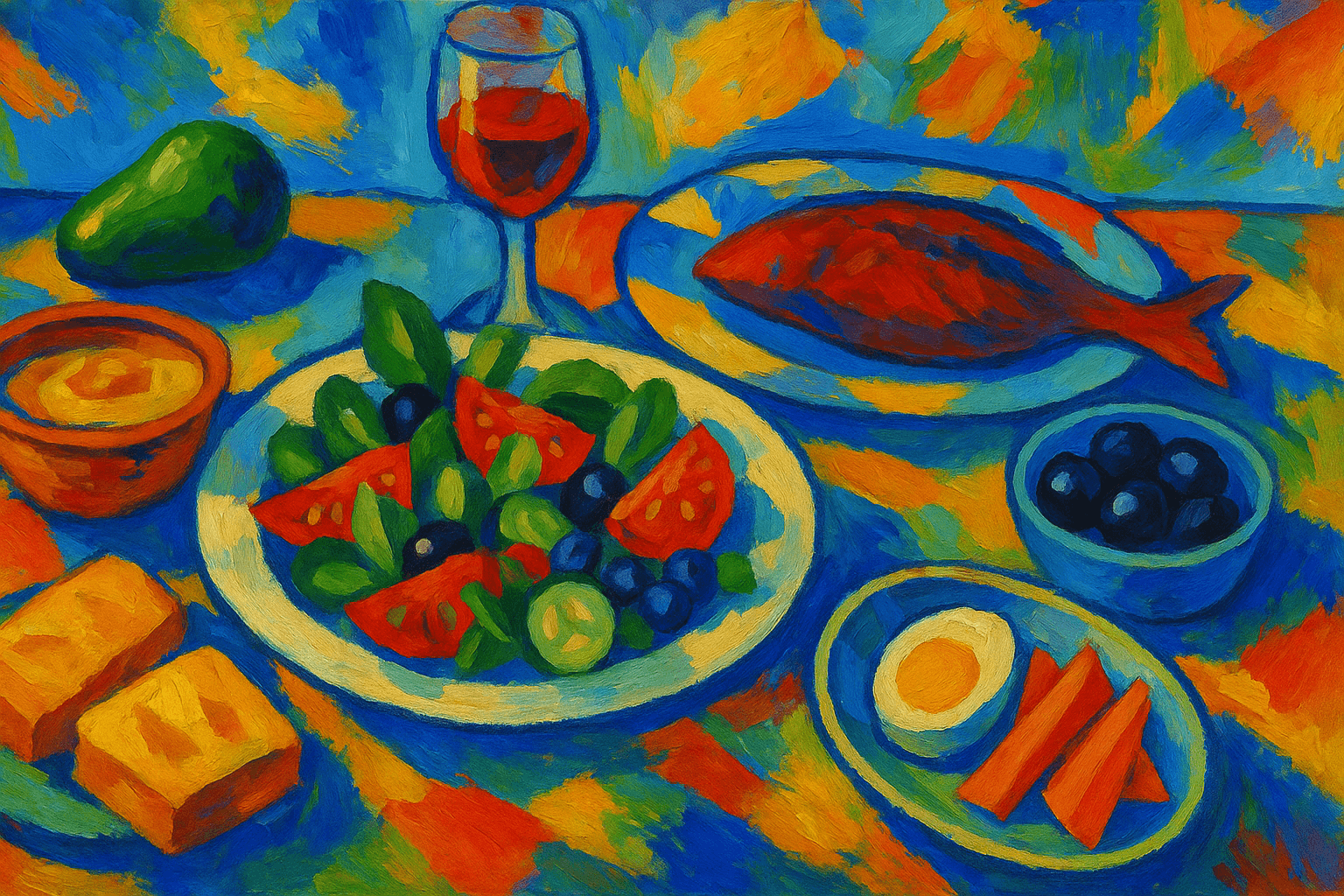The Low-Histamine Diet: Relief for the Intolerant, Not a Trend
Published on June 13, 2025

What Is Histamine and Why It Matters
Histamine is a natural compound in the body involved in immune response, stomach acid production, and brain signaling. But when your body can’t break it down fast enough—often due to low diamine oxidase (DAO) enzyme levels—it builds up and mimics allergy-like symptoms.
Common Symptoms of Histamine Intolerance:
Migraines and chronic headaches
Skin issues like hives, flushing, eczema
Digestive problems: bloating, cramps, diarrhea
Heart palpitations, anxiety, dizziness
Nasal congestion
Unlike a true allergy, histamine intolerance is not an immune reaction—it's a metabolic bottleneck.
Root Causes of Histamine Intolerance
Genetics: Some people naturally produce less DAO
Gut issues: IBS, SIBO, or leaky gut can impair histamine breakdown
Medications: NSAIDs, antibiotics, antidepressants may block DAO
Hormonal changes: Estrogen affects histamine metabolism
Chronic stress and inflammation
Environmental triggers like mold or pollen
High-Histamine Foods to Avoid
Aged and fermented: cheese, yogurt, sauerkraut, miso, soy sauce, wine
Cured meats and seafood: salami, smoked fish, canned tuna
Alcohol: especially red wine and beer
Fruits and vegetables: tomatoes, spinach, citrus, avocados, strawberries
Others: chocolate, shrimp, nuts, food additives like sulfites and benzoates
Even fresh produce can sometimes act as histamine liberators or DAO blockers.
What Is a Low-Histamine Diet?
It’s not a forever diet. It’s a 4-week elimination followed by structured reintroduction.
Tolerated Foods Typically Include:
Fresh, unprocessed meat and poultry
Fresh-caught fish (frozen upon catch)
Eggs
Gluten-free grains: rice, quinoa, millet
Vegetables like carrots, zucchini, cucumber, leafy greens (excluding spinach)
Fruits like apples, blueberries, mango, pear
Healthy oils: olive oil, coconut oil
Fresh herbs: thyme, oregano, basil
Lifestyle Tips:
Eat food fresh and warm—avoid leftovers
Freeze meals immediately if prepping in bulk
Avoid slow cookers and broths—long cooking raises histamine
Stay hydrated for optimal detox
Rotate meals to minimize build-up
Scientific Backing
A 2018 review in Nutrients found symptom reduction in patients using a low-histamine diet. DAO deficiency is real, and several probiotics (like Lactobacillus rhamnosus) help regulate histamine levels in the gut.
Emerging research connects histamine overload with IBS and suggests combining low-histamine eating with gut repair for deeper results.
Supplements and Tools
DAO enzyme supplements can be taken before meals to assist with breakdown—especially useful when dining out.
Other supports:
Vitamin C, B6, copper, zinc to aid DAO function
Probiotic and prebiotic foods
Stress management techniques
Tracking symptoms and meals via journal or app
Who Might Benefit?
Those with chronic, unexplained symptoms not resolved by allergy treatments:
IBS or SIBO sufferers
People with migraines or hives
Interstitial cystitis
MCAS (Mast Cell Activation Syndrome)
Eczema, rosacea
Food anxiety or mood fluctuations
Final Thoughts: Not Just a Fad
The low-histamine diet isn’t trendy—it’s targeted. For those with histamine intolerance, it’s not about restriction, it’s about relief and reclaiming control.
If traditional solutions haven’t helped, and your symptoms remain mysterious, this might be your key to clarity. It’s not flashy. It’s functional. For many, it’s a lifeline.




